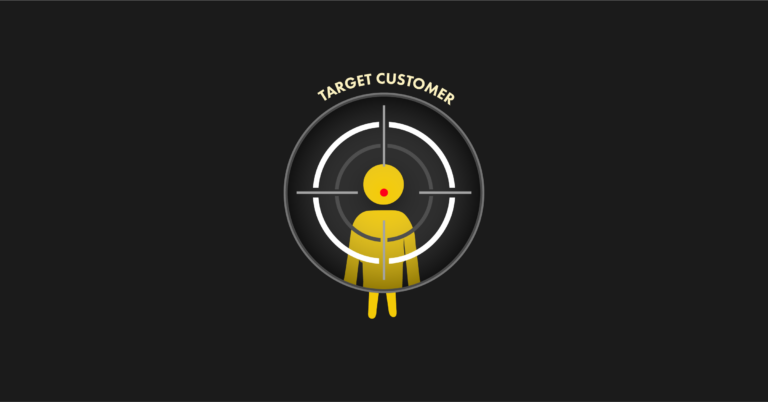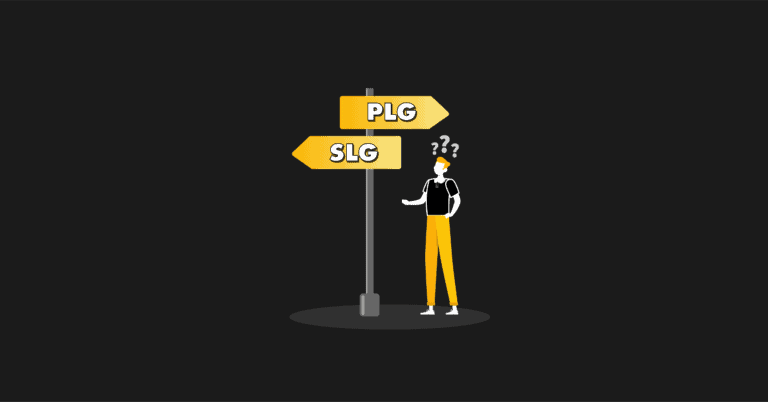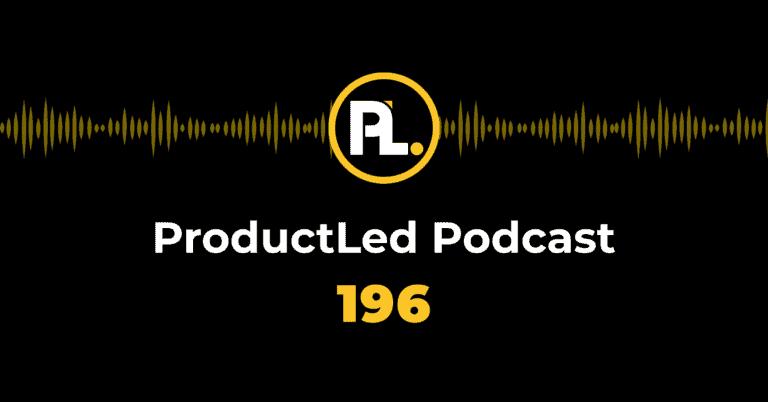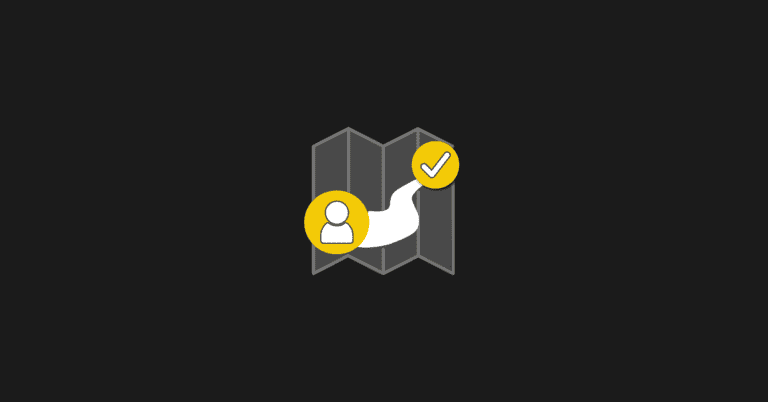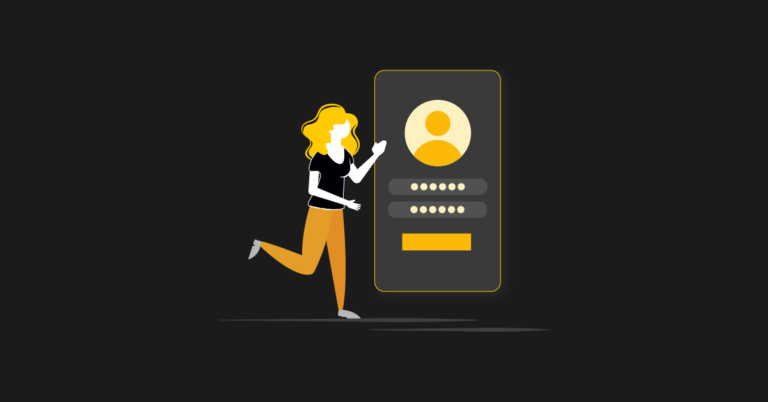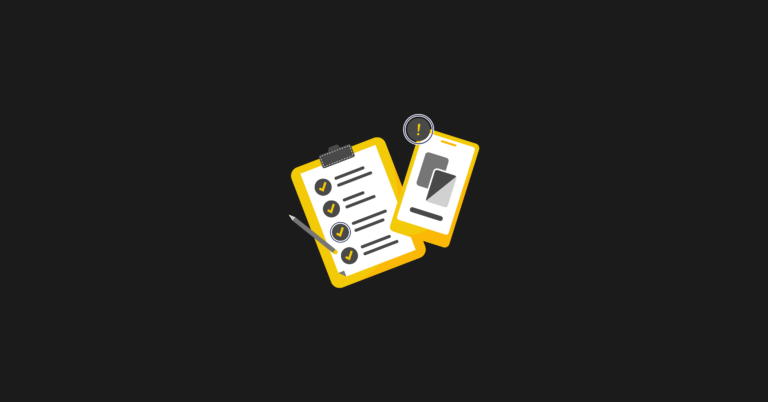Monetization is a massive hurdle for a lot of product-led companies.
However, you can use simple strategies to improve your free-to-paid conversion rate.
In this article, I’ll introduce six best practices designed to get you thinking about how you can streamline your upgrade flow and address issues causing customer churn. Each practice provides examples or real-world scenarios to demonstrate its effectiveness.
Let’s dive in.
1. Fine-tune your upgrade sequence
Every step users complete before entering their credit card details impacts conversion rates when upgrading to a paid subscription.
Let’s look at an example from one of our SaaS clients who offers time-tracking solution software. The free version provides access to up to five users. Upgrading is necessary to access more features and add more users.
When users of this tool opt for a plan upgrade, they proceed to a three-step sequence:
- Input company info
- Select preferences and add-ons
- Choose upgrade plan
However, updating the plan selection to be the initial step better sets users up for success.
The reason for making this simple yet impactful adjustment has everything to do with psychology.
Starting with the easiest task gives users confidence. They breeze through the first step of choosing their upgrade plan in one click, feeling more motivated to complete the last two.
2. Remind users what features they have access to
You want to remind users of the features they’re already benefiting from and the additional ones they’ll gain with an upgraded plan.
A popup, like the one by ChatGPT below, is one way SaaS companies can achieve this.
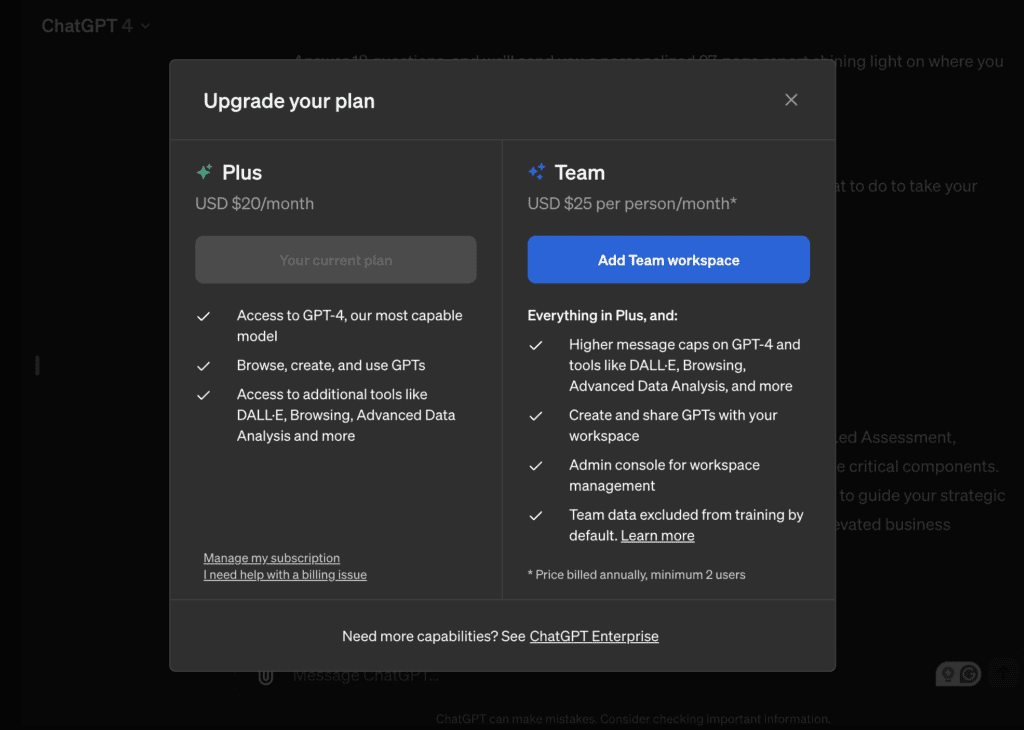
In this example, the AI software shows the user that they have the Plus plan. The Team upgrade option is highlighted in blue alongside a clear price and feature comparison.
3. Map your value engines and remove unnecessary steps
You want to make monetization as effortless as possible.
Doing so means taking a long, hard look at your upgrade process and eliminating points of friction.
Start by mapping out your value engine so you can see every user interaction from the first touchpoint to the moment they upgrade.
This gives you a clear picture of how your company creates and captures value.
Here’s an example of what a value map looks like.
When done correctly, value engines can help improve your upgrade process by, for example:
- Recognizing if users feel overwhelmed by too many upgrading steps
- Questioning the effectiveness of current steps
If you follow the ProductLed System™️, you know that with the right data, value engines help you uncover the bottleneck in your business so you can set up good experiments that make an impact.
4. Make the best upgrade option crystal clear for users
Your best plan isn’t necessarily your most expensive one. Instead, you want to guide users towards the most suitable upgrade option to match their needs.
Simple design and layout elements can go a long way to help with the user’s decision-making.
This best practice is often at play on SaaS pricing pages.
Take Dropbox, for example. The company is upfront about its pricing and identifies the target customer for each plan.
Here’s why this pricing page is effective:
- Clear messaging around who the ideal customer is for each tier.
- Highlights their most popular/best value plan (the middle option).
- Clear differentiation between tiers.
- Transparent upfront pricing.
As a small business founder, the middle option with the green “Best Value” tag draws your attention.
5. Get routine feedback on your upgrade flow
The main challenge of upgrade flows is understanding how to simplify the process for users. However, gathering feedback can help drive improvements.
Unlike other types of product feedback, you don’t need to target ideal users for upgrade flow feedback because the goal is to understand usability and functionality from a general user perspective.
Instead, you can tap into your existing network, including team members, fellow founders, people in your network, friends, and family.
Aim to gather feedback from three to five people and ask them to sign up for the paid version of your product and go through the upgrade process. Record these sessions for transparency and accuracy in feedback.
These sessions will likely uncover fundamental issues hindering users from upgrading, such as language localization errors, the wrong currency, or confusing payment links.
6. Make sure you’re rolling out a suitable free model
If your company is struggling with high short-term churn rates lasting more than 90 days –
despite efforts to refine and simplify the upgrade process – it's time to look at the suitability of your current free model.
The model you choose must complement your SaaS product, helping users experience its core value and then want to upgrade.
There are six distinct product-led free models you can choose from:
- Opt-in free trial
- Opt-out free trial
- Usage-based free trial
- Freemium
- New product
- Sandbox
Each model has pros and cons, and you can learn what model is best for your business here.
To help you think about this another way, here’s an example.
A SaaS company offers a freemium version of its highly technical software. Users feel overwhelmed because they don’t know where to start using the platform, resulting in them never experiencing the product’s core value and resulting in high churn.
However, if the same company adopted a 30-day opt-in free trial for its Basic plan, users would have a more straightforward introduction to its complex integrations and be more likely to experience value and upgrade.
Start improving your free-to-paid conversion rate
Optimizing your upgrade flow is pivotal for enhancing your free-to-pay conversion rates and ultimately driving monetization.
ProductLed Academy offers coaching sessions where we explore product-led strategies and provide personalized insights to help you maximize your conversion rates. Join our waitlist here to participate in our upcoming cohorts and gain access to invaluable resources and discussions.
Our coaching calls are invaluable because they offer real-time solutions and innovative solutions from various companies.
Alternatively, if you’re interested in learning more about building a product-led business that scales fast, read about the nine components of the ProductLed System™️ here.

